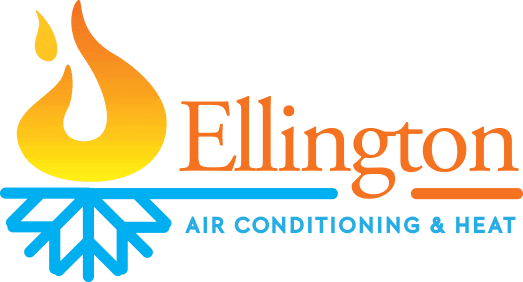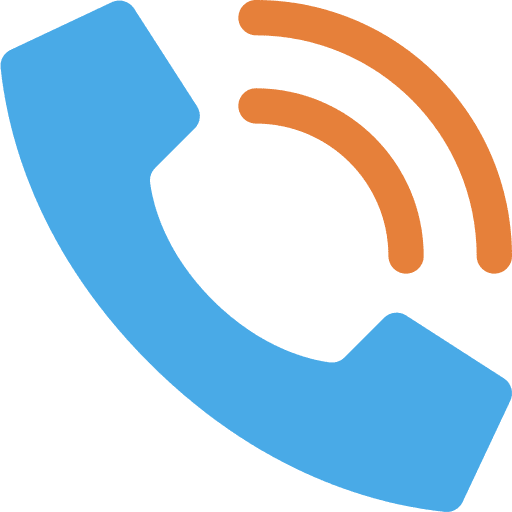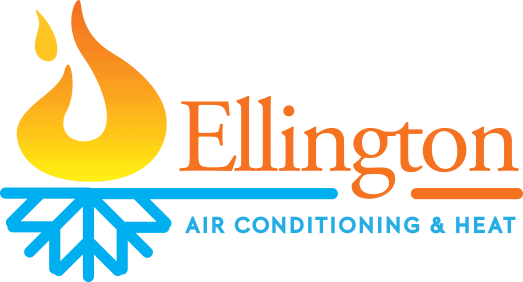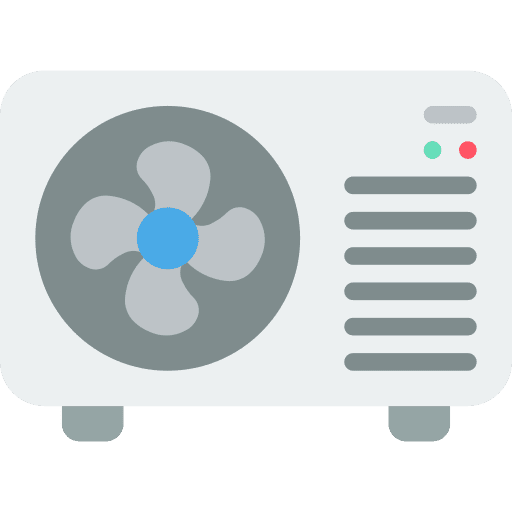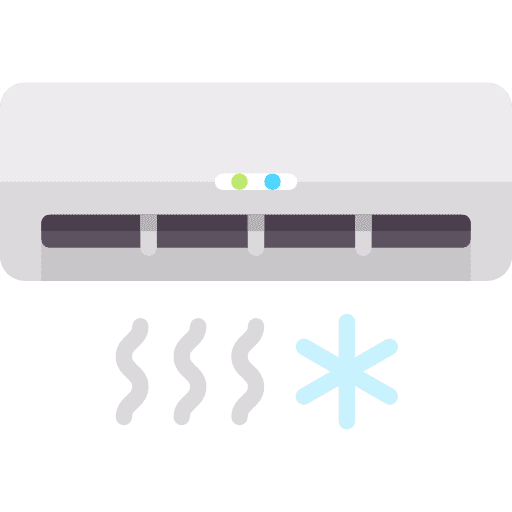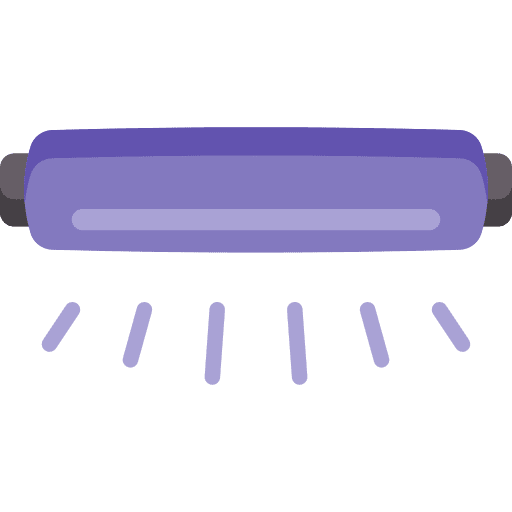
Florida’s mild winters mean you don’t have to deal with ice and snow, but they can make allergens a year-round threat. If you’re suffering from the telltale stuffy nose and itchy watery eyes that come with allergies, make sure you’re watching for the most common airborne threats in the Rockledge, Florida, area. Proper vigilance can help you minimize allergy symptoms for more comfort this fall.
Common Triggers
Florida’s fall allergens kick up around August and stick around for months. The most common problems in the area are from ragweed, pine and laurel oak trees. Mold is another frequent hazard in Florida’s warm, humid climate. If you find the autumn months particularly uncomfortable, you may be sensitive to one or more of these allergens.
Where You’ll Find Them
Ragweed is a plant with green-yellow flowers. The pollen can travel as far as 700 miles so it’s possible to track this around on your shoes and clothes from nearly any outdoor location. Mold is a visible growth that thrives in warm, damp areas. If you have mold in your home, the spores can easily travel throughout via your air ducts and HVAC system, particularly if they’re not regularly cleaned and maintained.
How to Stay Safe at Home
There are several things you can do to minimize your exposure to allergens in your home. Leave shoes and jackets at the door to avoid tracking pollen through the house. If you’re out doing yardwork, change your clothes as soon as you get inside. Stay on top of filter changes when allergies are at their worst.
Keep up with HVAC maintenance in the fall season to make sure your heating and cooling systems are equipped to offer fresh, clean air. If you’re overdue for a tuneup, contact Ellington Air Conditioning & Heat at (321) 248-4838.
Image provided by Shutterstock

2023 HVAC Changes
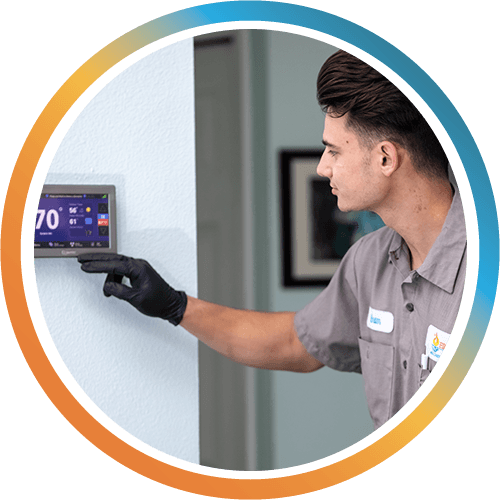
Easy Ways to Make A Smarter Home

The Importance of Proper HVAC Installation in Key West, FL

What Can You Do to Upgrade Your HVAC System in Key West, FL?

3 Reasons For an HVAC Maintenance Plan in Rockledge, FL

How Do UV Lights Work in HVAC Systems in Melbourne, FL?
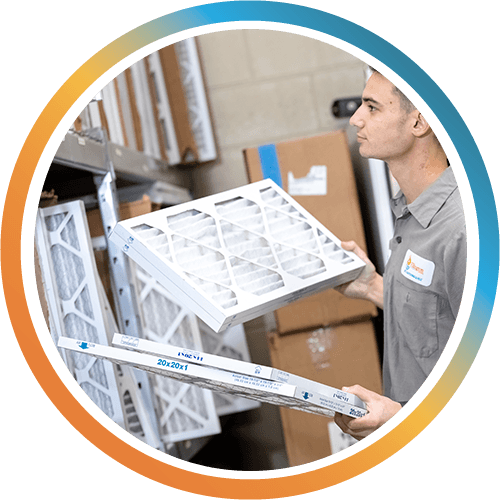
Should You Have Your Ductwork Cleaned?

How Does a Smart Thermostat Work?

How Does Ductless AC Work?




